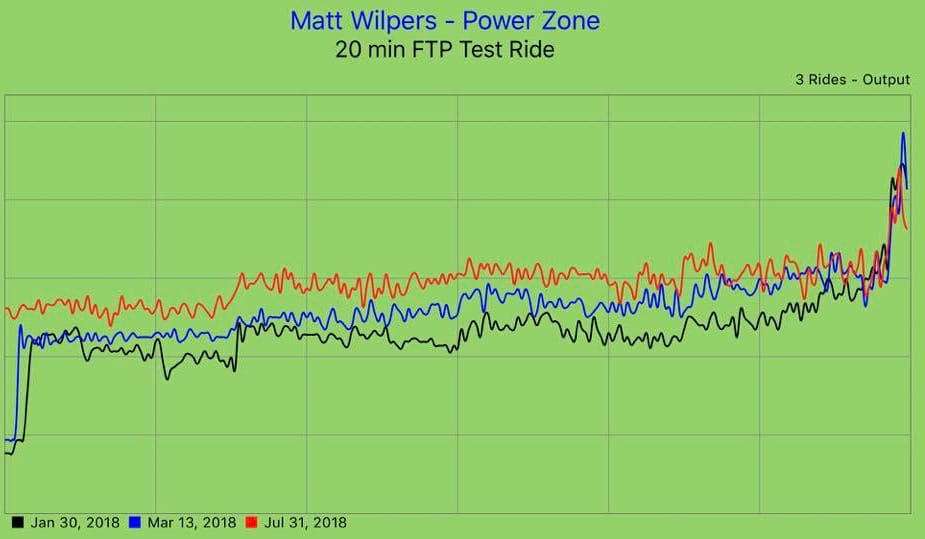

One wireless windows, one wired windows and one wireless mac and they all have the same issue. I'm using the basic installation of both FileZilla and WinSCP but bumped up the simultaneous downloads to 10 (doesn't matter what I have).

Downloading through HTTP or on steam can easily reach over 30MB/s. So obviously the computer isn't the bottleneck.

However, if I use two programs at the same time on the same computer (for example FileZilla and WinSCP) it bumps up to around 17-20MB/s.
#PUBLIC FTP TEST DOWNLOAD#
Even if I download 2 files or 10 files at once. The most I've been able to achieve downloading through FTP/SFTP is 100mbit. The speed test image ran against that server as well. This is me downloading on a wired connection against : Whenever I download files through SFTP or FTP I get capped in speed. I run speed tests every hour on my DNS server and this is the usual result:
#PUBLIC FTP TEST SOFTWARE#
Even the software firewall (like Windows firewall or Symantec) should allow connections to the FTP server.So my internet speed is 250/250 but isn't firm. Or the path to the root folder should be set as the path for your FTP site. “ICACLS "%SystemDrive%\ftp\ftproot" /Grant IUSR:R /T” Use the following command on a CMD prompt to grant access: Next, you need to set permissions to allow anonymous access to the folder. Both IIS and FTP services should be installed for the configuration of the FTP server.Ī root folder is required for FTP publishing. Because the FTP server specifies a random port (anything greater than 1023), those ports should be open for communication.įTP depends on IIS (Internet Information Services). The port used by the server to respond to the client can be anything between Port 22 to 1022. Port 21 should be open, as it receives the PASV command for initiating the connection. Make sure you allow outgoing data and other communications from the client to go to the FTP server. Opening up channels on FTP client and serverĭata and other communications from the client should reach the FTP server. The server sends back the ACK (acknowledgement). The client initiates the connection from port 1025 to 2000 (on the server). Here, port 2000 is the port the server will be listening to for the data connection. Now the client initiates the connection from port P+1 to port Q on the server to start the data transfer. The server then opens another unprivileged port Q (any port greater than 1023) and sends the port information back as a reply to the PASV command. The client connects to the server from port P to server port 21 with the PASV command. The FTP client initiates the connection to the server by sending a PASV command. We’ll call the first port P and the second port P+1. The client also opens two random, unprivileged ports on the client (typically a port greater than 1023). There’s plenty of them for most any desktop OS. It’s easy enough to set up your own FTP server for testing uploads. Primarily, the command channel is opened by the client to the Answer 4: There’s lots of FTP sites you can get into with the ‘anonymous’ account and download, but a ‘public’ site that allows anonymous uploads would be utterly swamped with pr0n and warez in short order. Overall, organizations can allow their users (clients) to connect to FTP servers without compromising network security. The connection is from the client to the server, and the data will be return traffic to the client. In this mode, the client initiates both channels therefore, the organization has little or no alterations to make on the client firewall. In passive mode, both the command and data channels are established by the client. , in active mode, the client launches the command channel, and the server establishes the data channel. The command channel is for sending the commands and responses, and the data channel is for sending the actual data. And, it uses two channels between the client and server: the command channel and the data channel. FTP uses two ports, one for connection and one for sending data.įTP can run in two modes: active and passive. The computers transferring the files can be within the same network where the FTP server is configured, as well as outside the network (over the internet). The server hosts the files to be shared and the client provides the interface to access, download, or upload files to the file server.


 0 kommentar(er)
0 kommentar(er)
